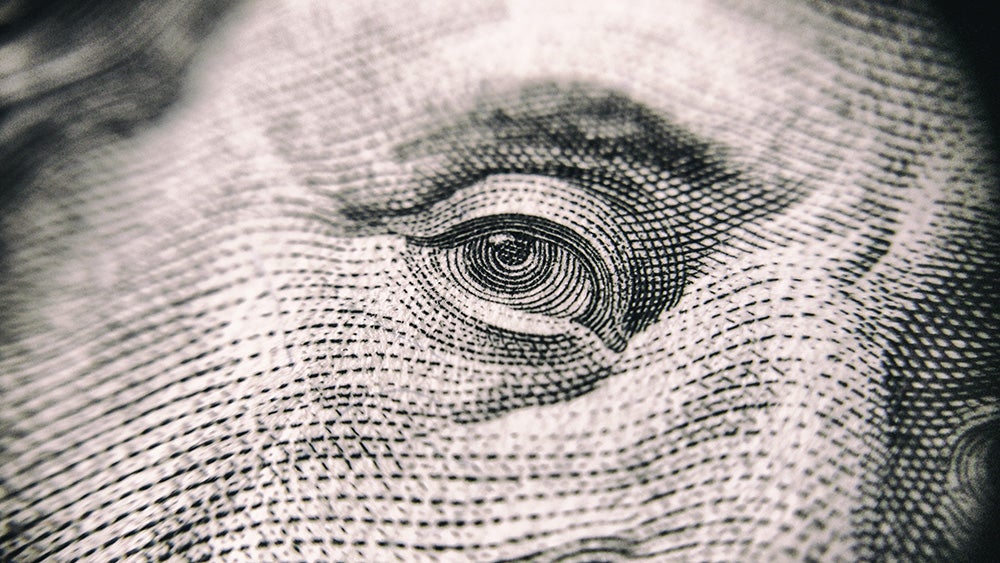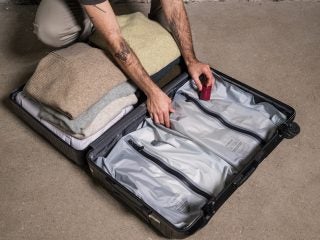Security measures, that are easy for consumers to spot have been developed with a lot of time and research. Here are a few easy ways that I believe will help you recognize counterfeit money.
Regular paper feels completely different than what genuine US money is printed on, a combination of cotton and linen. For instance, if you feel a $20 bill, your fingernail will catch little ridges on the paper. This is due the way the US Treasury’s Bureau of Engraving and Printing prints paper money. It is a process called intaglio printing. It gives the money texture or an embossed feel. It is quite an amazing process. An image is incised on the surface of the paper. Or in other words it is engraved. You can feel the difference clearly if you hold both the $20 bill and a piece of regular paper. A regular piece of paper will feel light and flimsy. A piece of currency feels textured, like it has some grit to it.
Did you know that every piece of paper money worth more than $1 has a security thread? It runs through the bill vertically. Simply, hold the not to the light and you will surely see this security measure. Now, compare the security thread to several different denominations. You will see that a $5 security thread is placed differently than a $10. You will also see a $20 security thread is in a different spot than a $100 security thread. You should memorize where these security threads are placed. You have probably noticed that the $100 has a much more prominent and easy to spot second security thread. This makes it much harder to counterfeit than other bills. It is three dimensional and iridescent. It is essential to know these basic security measures so you can easily and accurately spot the difference between counterfeit currency and real money.
En-mass it can be harder to do so as it can take time to check all the bills on offer. This is why banks use currency counters to speed up their operations. These can count money and some can even perform checks for counterfeiting.
There is a watermark on all notes over $1. It can easily be spotted on the right side of each piece of currency over $1. The watermark is usually a face that matches the person on the currency. However, on the $5 it is a number 5. This measure is very effective in spotting fake money. Most counterfeiters cannot recreate this watermark in a high-quality fashion.
There are many other security measures to look for when trying to determine whether money is counterfeit. One other common way to spot fake money is to look at the ink on some of the newer series bills. Counterfeit money ink tends to shift.

















